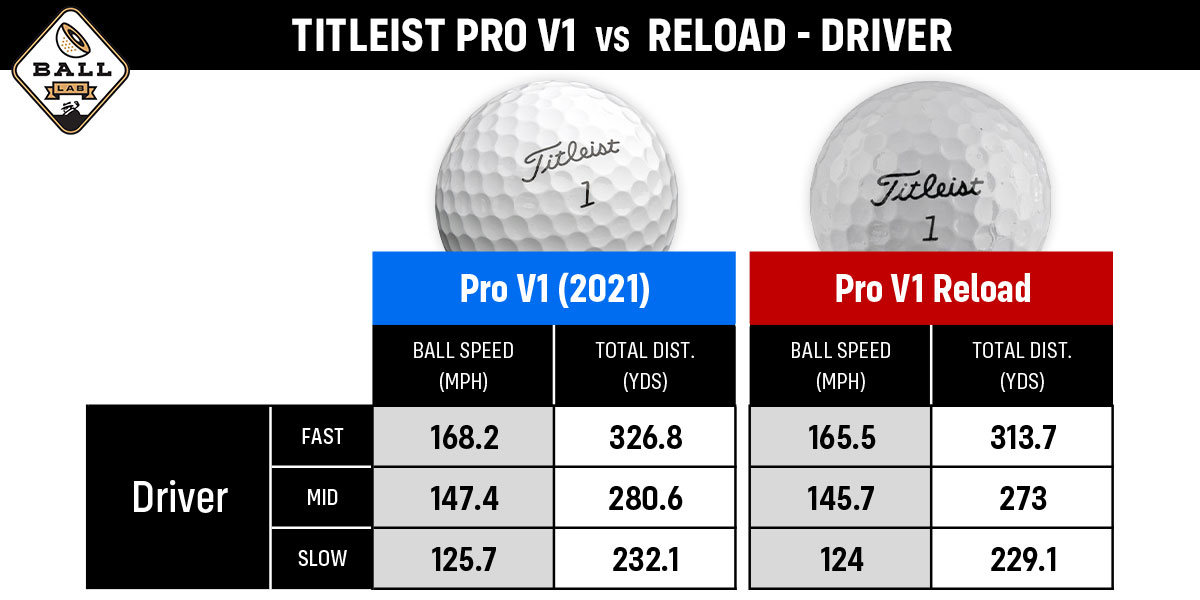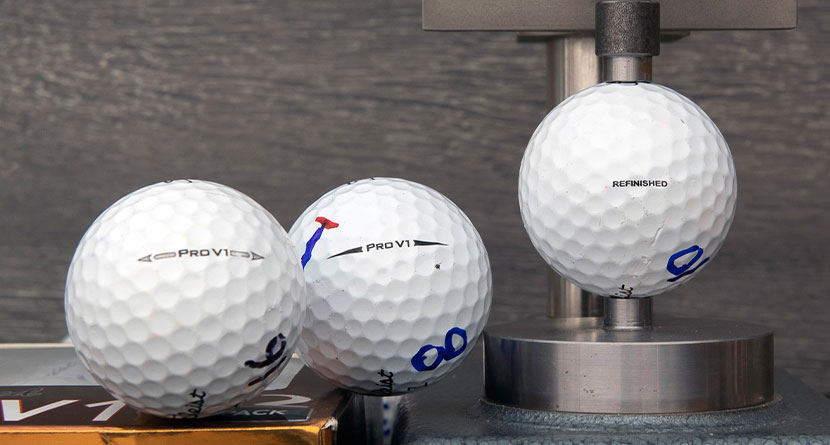Not only is golf hard, but it can also be expensive, so it’s no wonder budget golfers are looking for any way to save a few bucks. While most equipment can be left in the bag for years on end, the recurring cost of golf balls can make golfers do some crazy things.
Despite being the only piece of equipment you use on every single shot, golfers treat golf balls like they’re disposable rentals, which leads plenty of golfers to scavenger for deals, inevitably leading to refurbished golf balls. If you’ve done this, we’re not calling you out; we’re helping you out.
After all, it’s tough to pass up a dozen refurbished Titleist ProV1s that cost half the price of their brand-new counterparts.
- MyGolfSpy put a dozen Reload Refurbished ProV1 Tour Golf Balls through the rigors of their golf ball test and the results were eye-opening.
- MGS found that the flaws that refurbished balls attempt to fix often remain the cause for lackluster performance.
What’s wrong with refurbished golf balls?
The old saying, “if it seems to be too good to be true, it probably is,” applies here. When you’re buying discounted products, there’s a certain understanding that the quality isn’t quite up to par with the full-priced options, but when we’re talking about golf ball performance, there are some things you need to know.
As Tony Covey conveyed in his report, the quality of the refurbished balls are “sketchy at best.” Owing mostly to the first order of business for refurbished balls being paint over it, a few issues result from the added cover.
- Extra layers of paint added during the refinishing process alter the geometry of the dimples.
- The added paint also adds size and weight to the ball, resulting in a negative impact on performance.
How many imperfections can YOU count? 👀
A Million Reasons to STOP Buying Refinished Golf Balls ➡️ https://t.co/lhW0nPmTpC pic.twitter.com/OT1QI4dCOf
— MyGolfSpy (@MyGolfSpy) March 1, 2022
The added paint is not even to mention the inconsistency that comes in a box of refurbished balls simply accredited to when the balls were manufactured. For example, the MGS trial dozen had ProV1s from 2015 and 2017 in the same box; a relatively insignificant revelation for most players, but again, if consistency is what we’re looking for out of our golf ball, refurbished balls don’t provide it.
Lastly, the club data didn’t paint a pretty picture. As you’d expect with shallower dimples and a bigger, heavier golf ball, distance was lost at every swing speed tested by the robot. On drivers, the refurbished balls lost nearly 3 MPH of ball speed with the same swing speed, which would cost a player around 13 yards while the iron yardage distances were understandably less dramatic.

The takeaway: Don’t buy refurbished golf balls. If you don’t want to pony up the $40 or $50 per dozen, there’s no shame in that. But if you still want consistency that you can count on, look elsewhere for your golf balls like companies such as Vice, Snell or even Kirkland that cut out the middleman and deliver direct-to-consumer.




